May I ask how to change the kernel display name from Python [defaul] to Python 2.7.12 for example?
I've been trying to modify the kernel.json file, particularly chaning the "display_name" from Python 2 to Python 2.7.12 But whenever I reopen the user interface through command ipython notebook, it never changes to what I want.
To clarify the possible duplicate with previous question: I did try what it suggests to do as I describe in the question. Unfortunately, it just doesn’t work. It would be nice if someone who does make this change successfully could share how they do
